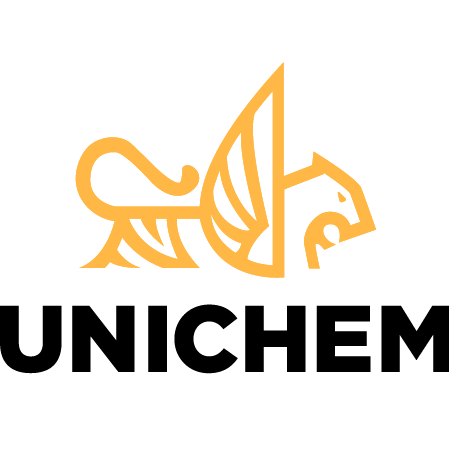
In today’s world, where hygiene and cleanliness have taken center stage, the demand for effective solutions to combat germs and bacteria has increased significantly. One such solution that has gained prominence is antimicrobial coatings for high-touch surfaces. Many market segments have been exploring the significance of antimicrobial coatings and their applications to protect against the spread of harmful germs while also providing protection for the longevity of surface coatings.
Antimicrobial Coatings Protect a Variety of High Touch Surfaces
The importance of antimicrobial coatings has become even more evident in recent times, given the global health crisis. Antiviral and antibacterial surface coatings have emerged as a powerful solution to mitigate this risk. These coatings create a protective barrier that actively works to eliminate microorganisms, reducing the likelihood of surface transmission.
Antimicrobial coatings have become increasingly popular due to their ability to provide long-lasting protection against a wide range of microorganisms, including bacteria, viruses, and fungi. They can be applied to a wide range of substrates, such as metals, plastics, and ceramics. Surfaces that come into frequent contact with human hands pose a significant risk of contamination and transmission of germs. These coatings are designed to inhibit the growth and spread of these pathogens on high-touch surfaces.
They are often used in healthcare facilities, laboratories, schools, and other high-traffic areas where cleanliness and hygiene are of utmost importance. Antimicrobial paints and coatings can be applied to walls, ceilings, furniture, and other surfaces, providing continuous protection against pathogens.
Antimicrobial Coatings Reduce The Spread Of Microorganisms
By incorporating antimicrobial properties into the coating, these surfaces become an inhospitable environment for germs, reducing the risk of contamination and transmission. These coatings offer a layer of protection by inhibiting the growth of microorganisms on various surfaces. The coatings work by releasing antimicrobial agents that act against microorganisms upon contact, effectively reducing their population and preventing their spread.
Antimicrobial coating technology incorporates innovative ingredients that effectively deactivate viruses and bacteria upon contact. The surface coating is durable and long-lasting, ensuring continuous protection against harmful microorganisms. It can be applied to a wide range of surfaces, including plastics, metals, and textiles, making it a versatile solution for various industries.
Antimicrobial coatings are designed to not only provide protection but also maintain the aesthetic appeal of surfaces. These paints are formulated with antimicrobial additives that inhibit the growth of bacteria and other harmful microorganisms, which prolongs the longevity of surface coatings and mitigates the risk of product degradation.
Antimicrobial Coating Technology Solutions
UNICHEM offers antimicrobial coating technology, uniCLER. This technology offers long-lasting protection against a wide range of microbial growth on high-touch surfaces. uniCLER coatings are designed to inhibit the growth of microorganisms, ensuring a cleaner and safer environment. These coatings are versatile and can be applied to different surfaces, providing an added layer of protection in various settings.
Antimicrobial coatings have become essential in maintaining cleanliness and hygiene, especially on high-touch surfaces. These coatings provide effective protection against bacteria, viruses, and fungi, reducing the risk of contamination and transmission. Antimicrobial paints and surface coatings offer a diverse range of applications and can be applied to various substrates.
UNICHEM has developed innovative technologies to meet the growing demand for antimicrobial solutions. By incorporating antimicrobial coatings, we can create safer environments and contribute to better overall health and well-being. Contact us to learn more about our uniCLER antimicrobial coating technology.


